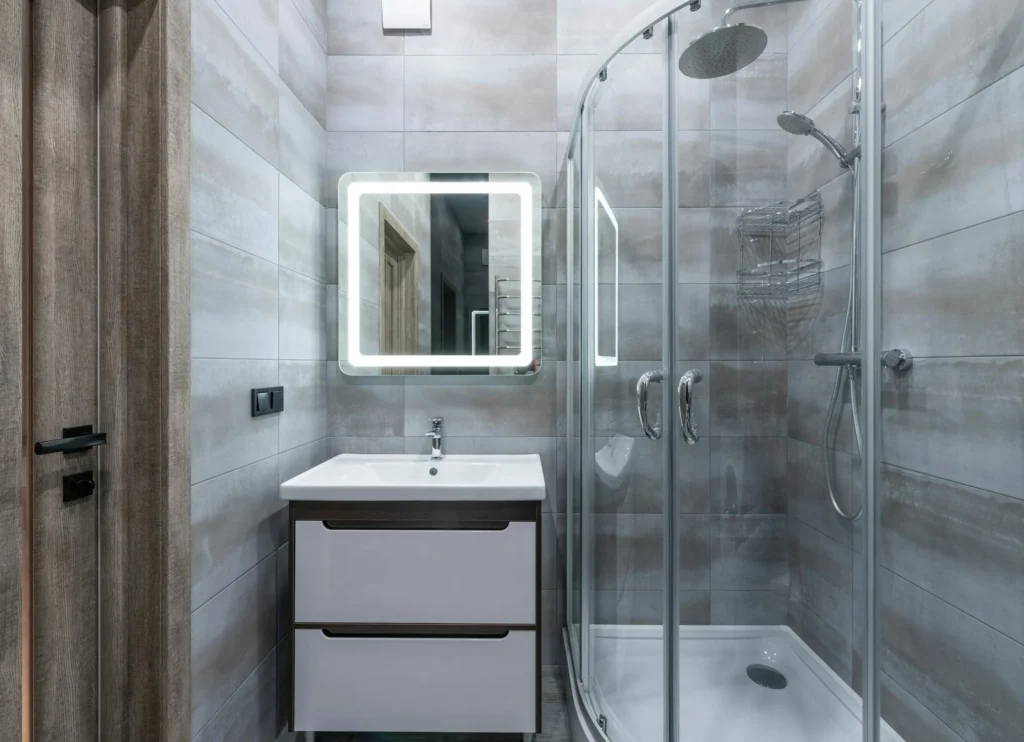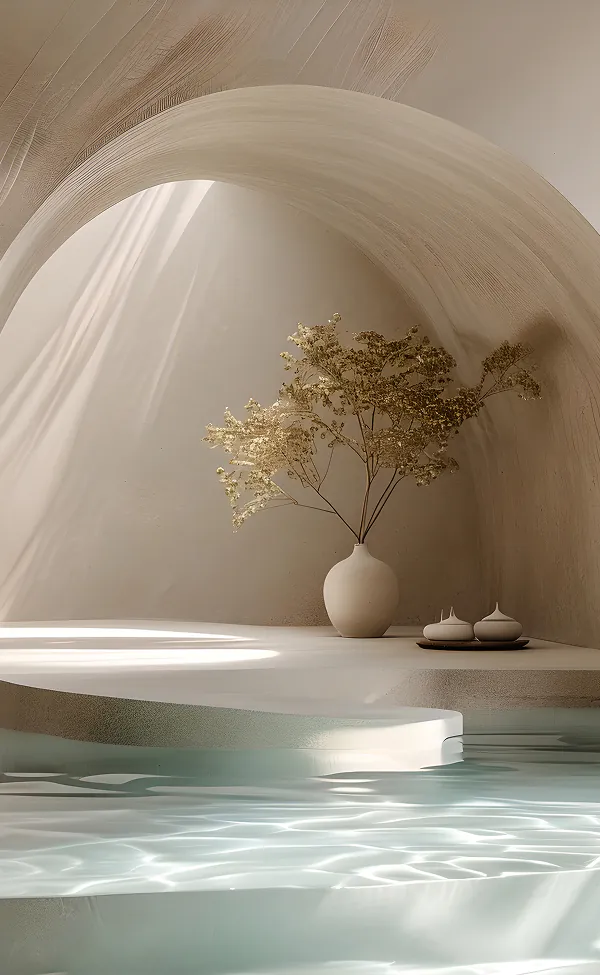
Your shower is an essential part of your daily routine, but over time, it can start to show signs of wear and tear. From minor inconveniences to more significant issues, these signs often indicate that your shower needs attention before the problems worsen. In areas like Bethel Park, where homes range from older constructions to more modern designs, homeowners must remain vigilant about the condition of their showers. Whether it’s due to the natural aging of materials or the impact of daily use, recognizing when your shower needs a refresh or repair can save you from more costly fixes down the line.
In this blog, we will share the key signs that indicate your shower may need some care.
Tired of weak water pressure or unexpected temperature shifts? Upgrade your shower experience instantly with a reliable shower diverter valve — the small fix that makes a big difference!
Persistent Leaks
Leaky showers are more than just an inconvenience—they can lead to severe problems if left unchecked. Water that seeps into your walls or floors can cause damage over time, leading to mold growth and weakening the structure of your bathroom. If you notice that your shower continues to drip even after you’ve turned it off, this could indicate a worn-out seal, faulty plumbing, or even a crack in the shower base. These issues require prompt attention to prevent further complications.
Addressing leaks early can save you money on repairs in the long run and help maintain the integrity of your home. If you’re dealing with persistent leaks, it may be time to consider calling in a professional for repairs or even a complete shower overhaul. Look up the keyword Bethel Park shower remodel online to find local experts who can assist with various challenges and recommend the best solutions for your needs.
Low Water Pressure
If you’ve noticed that your shower’s water pressure isn’t what it used to be, it could be a sign of underlying issues that need addressing. Low water pressure can stem from several sources, including clogged showerheads, faulty valves, or issues within your home’s plumbing system. Over time, mineral deposits can accumulate in the showerhead, restricting water flow and reducing pressure.
In more severe cases, low water pressure might indicate a problem with your home’s pipes, such as leaks or blockages. Ignoring these signs can lead to more extensive damage, so it’s essential to address the issue as soon as possible. If you’re unsure of the cause, it may be worth consulting a professional who can diagnose and fix the problem efficiently.
Cracked or Missing Tiles
Tiles are not just a design feature; they play a crucial role in keeping your shower waterproof. When tiles become cracked or start falling off, they allow water to seep into the walls, leading to mold growth and structural damage. If you’ve noticed cracked, chipped, or missing tiles in your shower, it’s a clear sign that repairs are needed.
Even small cracks can cause significant damage over time, as water finds its way behind the tiles and into your walls. It’s best to address these issues early on, either by replacing the damaged tiles or considering a complete remodel if the damage is extensive. Fixing tile problems as soon as they arise can help prevent more costly repairs in the future.
Unpleasant Odors
A foul smell coming from your shower is never a good sign. Unpleasant odors often indicate the presence of mold, mildew, or drainage issues. If your shower has a persistent musty smell, it’s essential to identify the source and address it promptly. Mold and mildew thrive in damp environments, and showers provide the perfect conditions for their growth if not properly maintained.
In addition to mold, unpleasant odors can also result from drainage problems. If water isn’t draining correctly, it can become stagnant and lead to foul smells. Addressing these issues early on can prevent more severe problems, such as respiratory issues caused by mold spores or more extensive plumbing repairs due to drainage failures.
Peeling Paint or Wallpaper
If the paint or wallpaper around your shower is starting to peel, bubble, or crack, this could be a sign of water damage behind the walls. Moisture seeping through the walls can cause the paint to lift and the wallpaper to lose its adhesion. This is not just an aesthetic problem; it often indicates that water is getting where it shouldn’t be, potentially leading to mold and mildew growth.
Peeling paint or wallpaper is a red flag that should not be ignored. Addressing this issue may require more than just a cosmetic fix—it’s essential to identify and repair the source of the moisture to prevent further damage. In many cases, this could involve resealing the shower or even replacing sections of the wall.
Rust and Corrosion
Rust and corrosion on your shower fixtures are clear signs of aging and wear. Over time, exposure to water and humidity can cause metal fixtures to rust, which not only affects their appearance but can also compromise their functionality. Rusted faucets, showerheads, and handles can become difficult to use and may even start to leak.
In some cases, rust can spread beyond the fixtures and begin to affect other parts of the shower, such as the pipes or the shower door frame. Replacing rusted fixtures with new, corrosion-resistant materials can improve both the appearance and the longevity of your shower.
Outdated Design
An outdated shower design may no longer fit your style or the aesthetic of your home. Whether it’s old tiles, dated fixtures, or a layout that doesn’t suit your needs, an outdated design can detract from your enjoyment of the bathroom.
Updating your shower design can breathe new life into your bathroom and make the space feel more modern and comfortable. Whether you choose to make small changes, like updating the fixtures, or undertake a full remodel, refreshing your shower’s design can improve the overall look and feel of your bathroom.
Increased Maintenance
If you find that your shower requires constant cleaning, repairs, or upkeep, it may be a sign that more substantial work is needed. Frequent maintenance can be a drain on your time and resources, and it often indicates underlying issues that need to be addressed.
Instead of continually dealing with minor problems, it may be worth considering a more comprehensive solution, such as a remodel. Investing in more durable materials and updated fixtures can reduce the need for ongoing maintenance and make your shower easier to care for in the long term.
All in all, a well-maintained shower is more than just a place to cleanse; it’s a serene sanctuary that contributes to your overall well-being. By being mindful of these subtle signs, you can ensure that your shower remains a haven of relaxation and hygiene. Regular attention to your shower will not only prevent costly repairs but also guarantee a healthier, more enjoyable bathing experience.
- 0shares
- Facebook0
- Pinterest0
- Twitter0
- Reddit0













